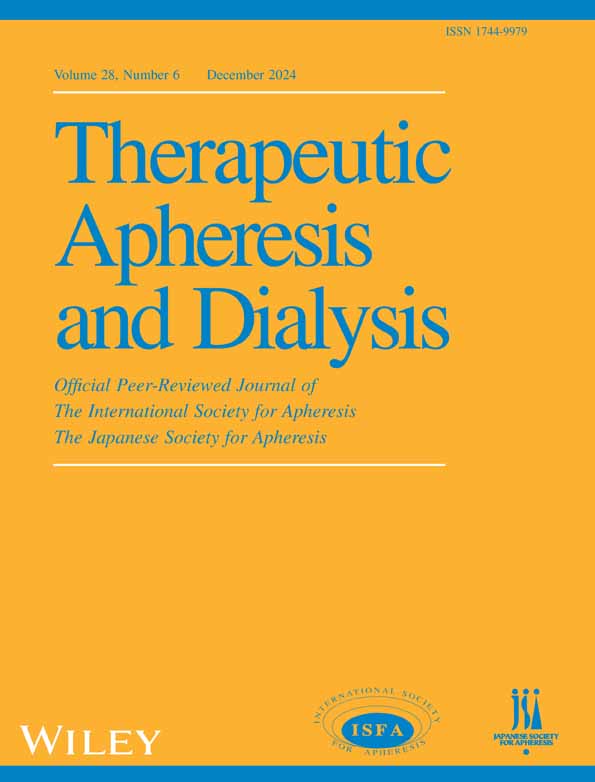Pleiotropic effects of double filtration plasmapheresis
Abstract
Double filtration plasmapheresis (DFPP) is a semi-selective blood purification modality derived from the plasma exchange modality. DFPP can be applied to a variety of refractory disorders including metabolic disorders, organ transplants, rheumatic disorders, neurological disorders, and dermatologic disorders. Familial hypercholesterolemia and lipoprotein (a) hyperlipoproteinemia are major chronic metabolic disorders. Lipoprotein apheresis (LA) is applied for those patients to remove low-density lipoprotein cholesterol (LDL-C) and lipoprotein (a) (Lp(a)). DFPP is used as one of the modalities in LA. In addition to removing LDL-C and Lp(a), DFPP has pleiotropic effects such as removal of lipid metabolism-related substances, C-reactive protein lowering effect, removal of adhesion molecules, removal of inflammatory cytokines, and anti-oxidative effect. This article summarizes the pleiotropic effects of DFPP based on recent clinical articles.
CONFLICT OF INTEREST STATEMENT
The authors are employees of Asahi Kasei Medical Co., Ltd.




